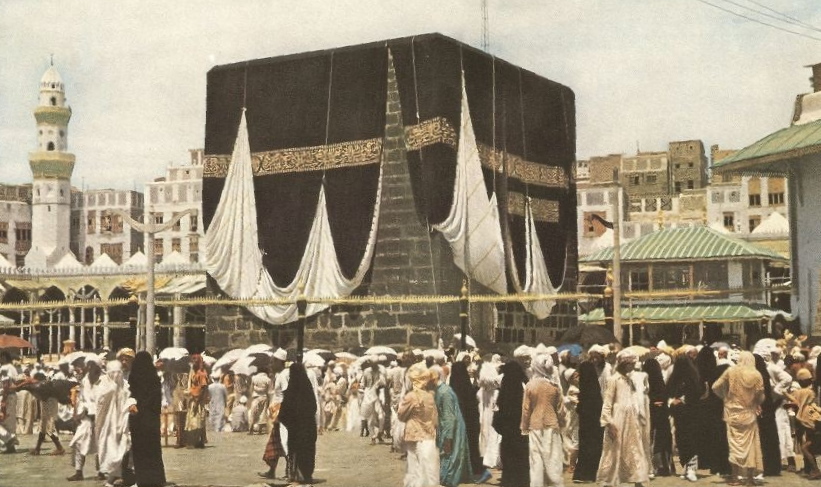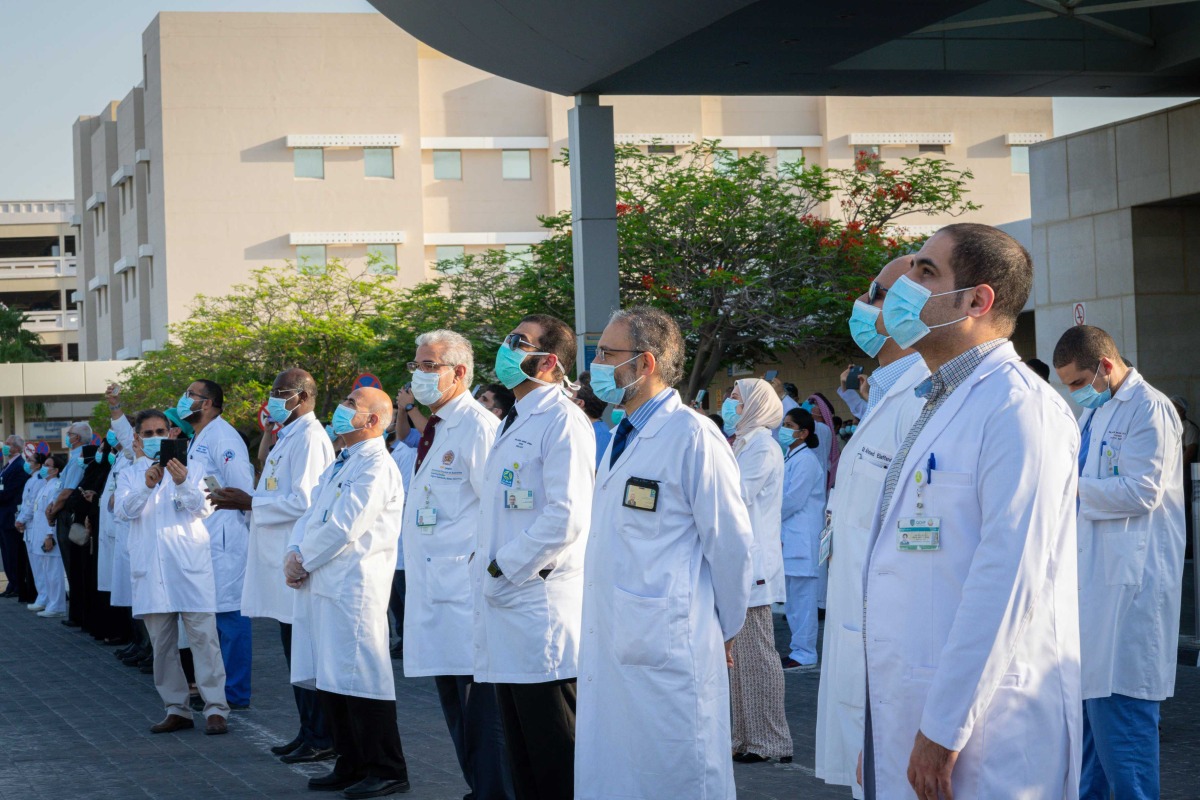[ad_1]
This is how Muslims perform the rituals of the Hajj pilgrimage to Mecca.
Hajj is the fifth pillar of Islam, and adult muslims who have the physical and financial means must perform it at least once in their lifetime.
Throughout, pilgrims retrace the paths of Prophet Ibrahim and his family.
The Kaaba was built by Prophet Ibrahim and his son Ismail in the holy city of Makkah. Thus, this pillar represents the Abrahamic faith and the idea of total surrender to Allah.
Although the Prophet Muhammad’s “farewell pilgrimage” in 632 AD is where the precise rituals practiced by Muslims today have their origin, annual pilgrimages to Makkah were sacred rites for Arabian tribes centuries before Islam.
The Haram
According to Islamic belief, the Prophet Ibrahim constructed the Kaaba, a stone structure covered in black silk at the centre of the ‘haram‘ in Makkah.
Masjid al-Haram, or the Grand Mosque, which surrounds the Kaaba, a cuboid-shaped structure that was constructed by Prophet Ibrahim and his son Ismail over 4,000 years ago, is located in Makkah, Saudi Arabia, and is recognised as the holiest place in Islam.
Muslims are obliged to face Makkah when worshipping anywhere in the world as they refer to the Kaaba as “the house of God.”
The Hajj is seen by many pilgrims as a trip that involves both the body and the soul.
In accordance with the Islamic calendar, the first day of Hajj is on 8 Dhul-Hijjah. The pilgrim must carry out ten rites both before and during the Hajj as part of the holy pilgrimage.
Hajj, the Arabic word for pilgrimage, is a once-a-year Islamic ritual that lasts for five or six days in the last month of the Islamic calendar.
This year’s hajj will be attended by one million people, including 850,000 foreigners, up from the two years prior when the pandemic severely reduced attendance.
The Hajj will take place this year from the evening of 7th July until the evening of 12th July.
Enter ihram (the sacred state)
Any pilgrim seeking to perform the Hajj is obliged to be in a state of ihram.
A pilgrim must say the talabiya, which is an intention to conduct hajj, in order to enter the state of ihram.
In order to start the journey to God, a pilgrim must first prepare their soul, mind, and body in this step. Starting from a location outside of the pilgrimage area, or the miqat, one enters that stage.
When performing Hajj, both men and women must follow a strict clothing code that emphasises modesty and conceals any traces of wealth. While women dress in regular stitched clothing and a headscarf, men wear unstitched white clothing. However, women are not permitted to wear the burqa or niqab there.
The Arabic word tahreem, which means to forbid, is where the word ihram comes from. Certain actions are prohibited for pilgrims because the area is thought to possess a unique sense of spiritual purity. Using perfumes, getting your hair or nails cut, and killing animals are a few of them.
Tawaf
Pilgrims in Makkah are required to perform the Tawaf or circumambulation.
This represents the seven times that pilgrims circle the Kaaba at the start, during, and end of Hajj, and is regarded as an essential component of the journey.
The counterclockwise direction of the loops is said to represent the unity of Muslims in their devotion of one God. The Hajar al-Aswad, also known as the Black Stone, is located at the eastern corner of the Kabaa and marks the rotations.
Sa’ey
The seven-time walking between the area separating the hills of Safa and Marwah is referred to as Sa’ey. The phrase literally means to walk or move fast in Arabic.
Following Tawaf, believers observe Sa’ey, which commemorates the journey made by Prophet Ibrahim’s wife, Hajar, to get water for her young son, Prophet Ismail after they were abandoned in the desert of Makkah at God’s command.
The Grand Mosque now completely encloses the two hills.
Departure to Mina
On the first day of Hajj, also known as the Day of Tarwiah, pilgrims travel to the tent city of Mina.
For prayer, they congregate in Mina, which is located around eight kilometres from the city of Makkah. Before departing for Arafat at the break of dawn on the second day of the Hajj, pilgrims are obligated to stay in Mina.
On the third day of Hajj, they make a second trip to Mina to carry out the sixth rite of Hajj, which is the symbolic stoning of satan.
Mount Arafat
After Mina’s early-morning prayers, travellers set out for the plains of Arafat. Muslims spend the day of Arafat near the mountain, praying and making seeking forgiveness from God. It is known as the most important day of Hajj.
At dusk, when the pilgrims depart for Muzdalifah, the day’s rituals come to a close.
Muzdalifah
After leaving Arafat, pilgrims make their way to Muzdalifah, an open area southeast of Mina. Maghrib and Isha prayers must be offered together.
Additionally, it is regarded the ideal location for gathering pebbles for Rami al-Jamarat.
Rami al-Jamarat
Back the city of Mina, pilgrims perform a symbolic stoning of the devil by throwing jamarat, or small stones, at three walls. This ritual is a reenactment of Prophet Ibrahim’s stoning of satan, who had attempted to dissuade him from God’s commands to him.
The third day of Hajj or Eid Al Adha is marked by the stoning.
Eid Al Adha
During the three days of Eid, pilgrims stone pillars meant to symbolise the devil.
Later, they buy tokens to have a sheep slaughtered in Mina.
After leaving Mina and travelling back to Makkah, pilgrims perform the “farewell” tawaf, or final circulation of the Kaaba.
Many also visit Madinah, the second holiest city in Islam, where the Prophet Muhammad and his closest companions are buried, before returning home.
The pilgrimage does not, however, include going to Madinah.
[ad_2]
Source link

















Leave a Reply